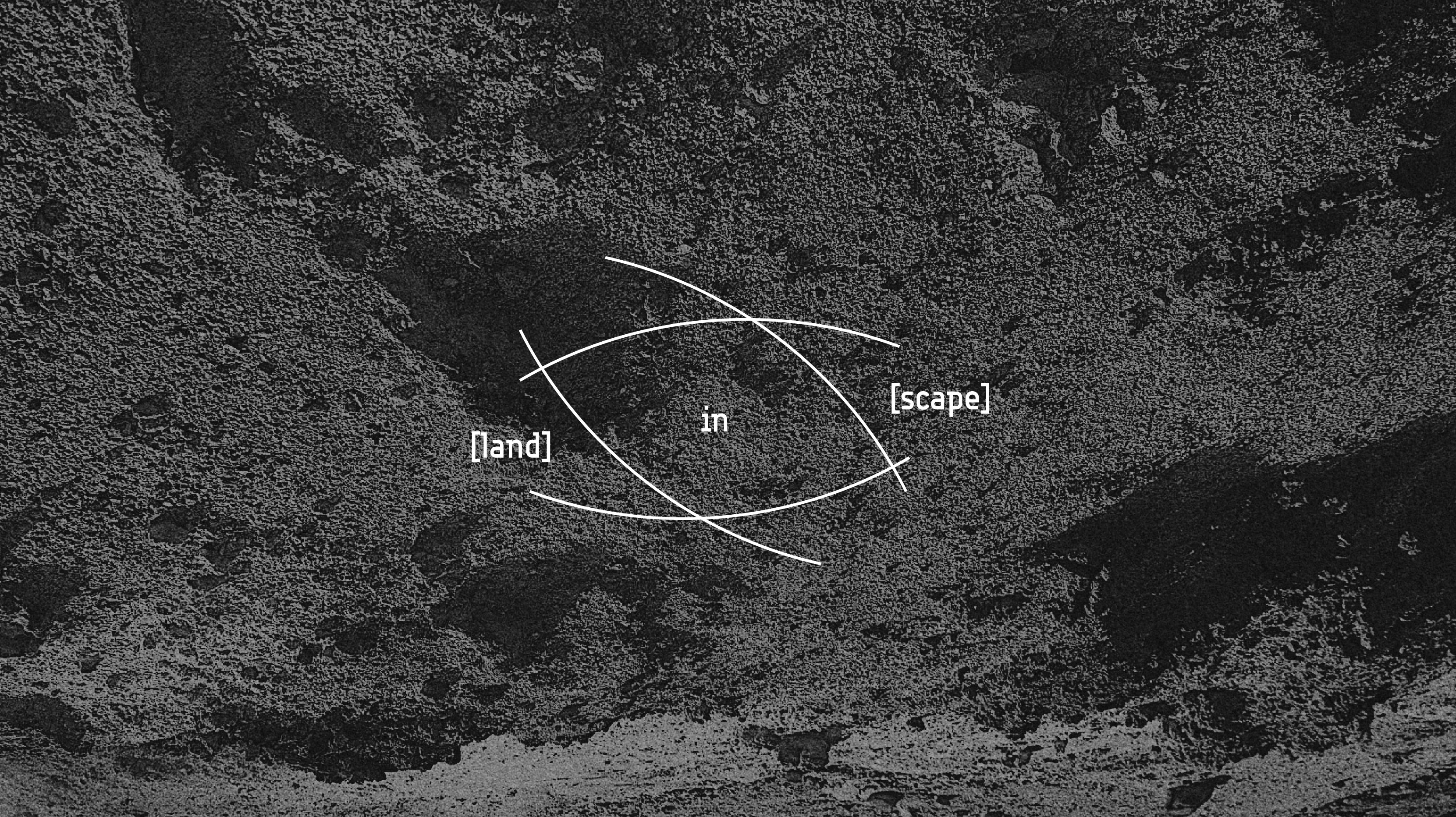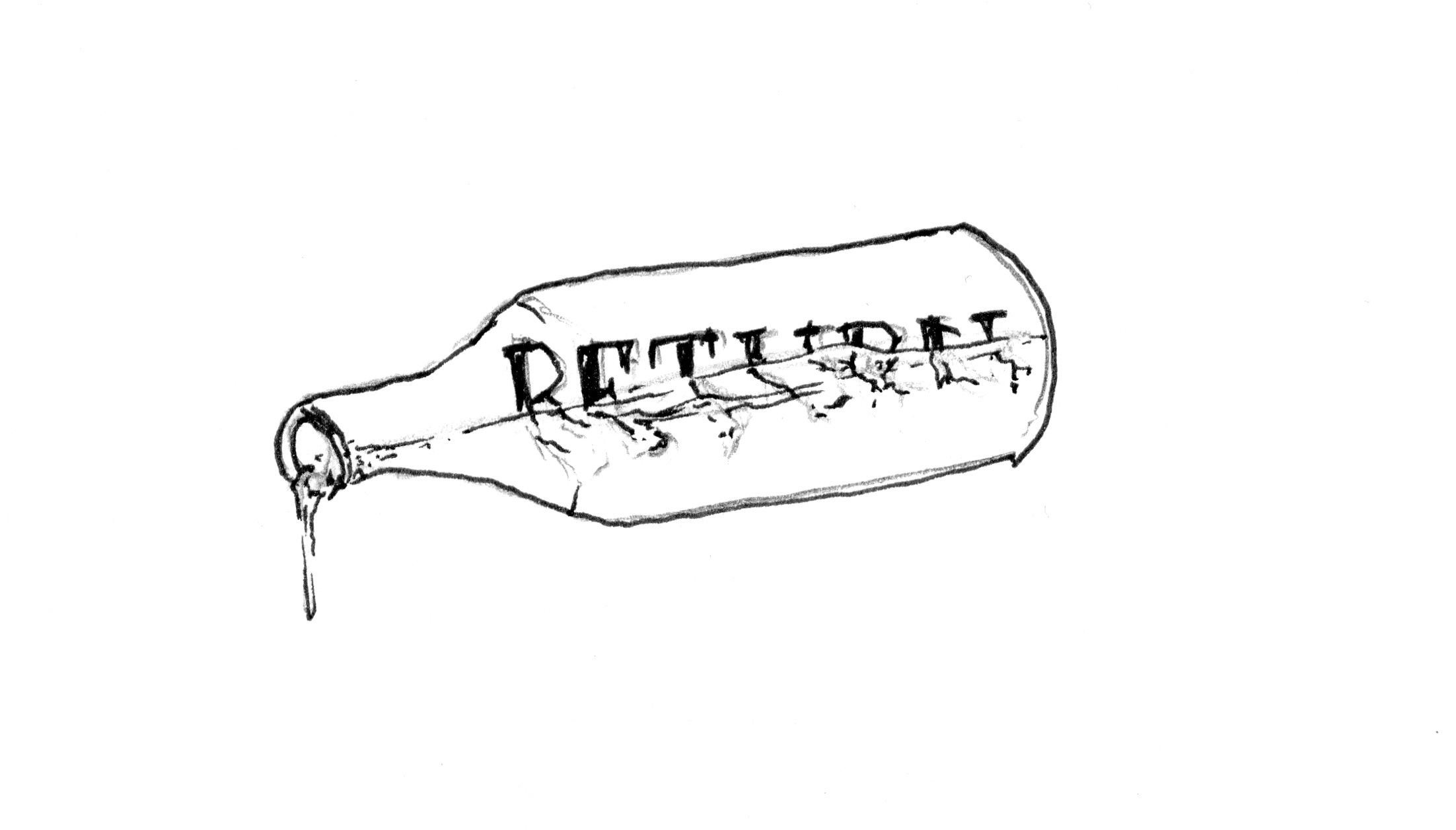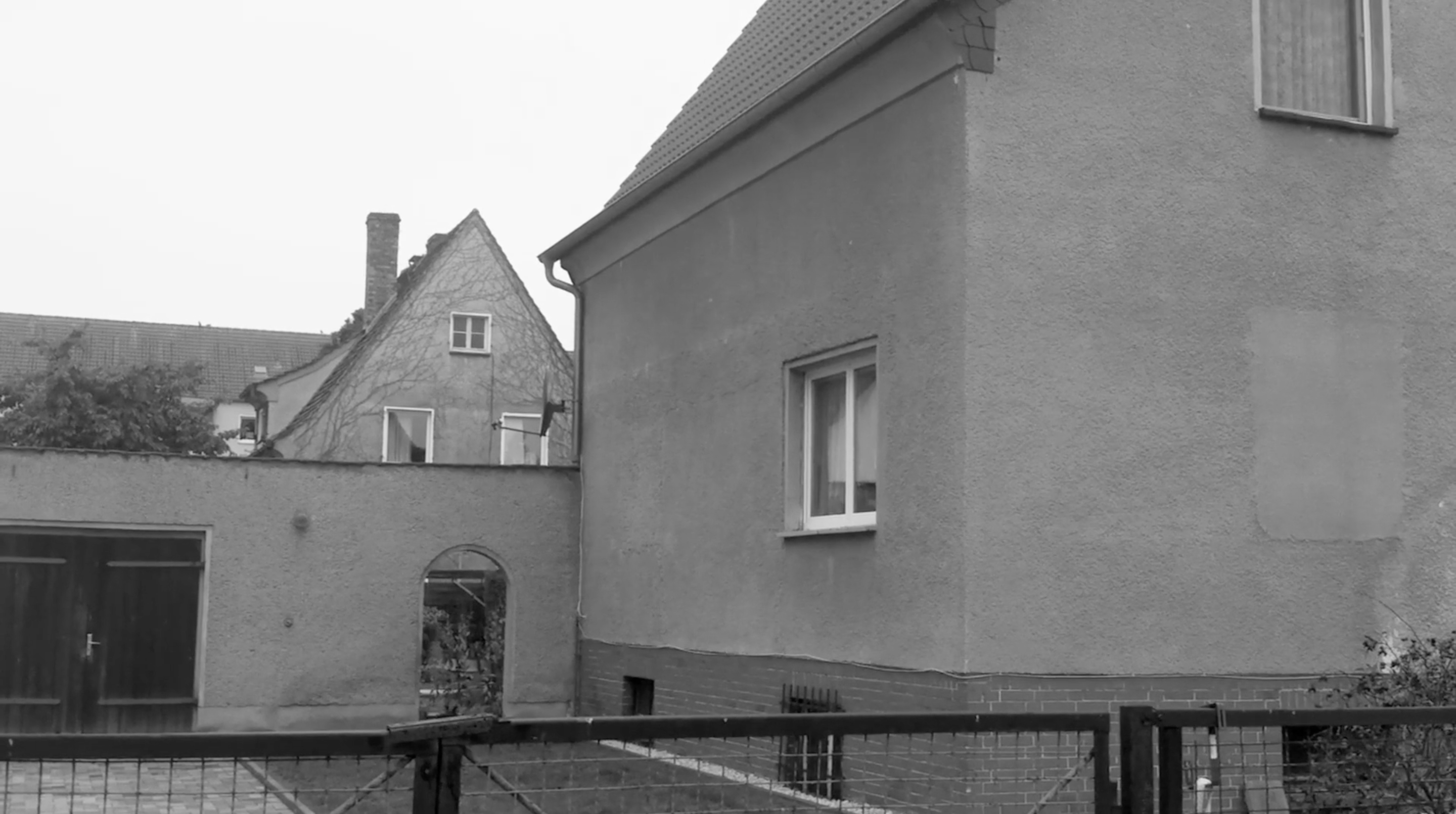(Re) Mapping of Being originates in a place-memory from the Second World War hidden under many layers of earth. It is part of Dunke-Dunk Artistic Research, an interdisciplinary project in which artists use a continual field approach to (re)read the history of the inhabitants of Sørøya in northern Norway, who went into hiding in the caves of the region in the winter of 1944/45. Refusing to evacuate, they climbed deep into the landscape, under many layers of snow and soil. Today, the municipality of Hasvik has around 1000 permanent residents, one school, a church, a grocer’s, and an airport; it can hardly be called urbanized. About a hundred years ago, Hasvik changed the paradigm of the usual use of the city. The inhabitants of the houses became the inhabitants of the soil. Once distinct from one another, they became a single, collective body in the island’s small depressions and recessions. House-dwelling families were forced into previously unimaginable conditions. Almost 35 people shared the common space of the cave, where movement and communication were subject to the conditions of darkness, where everyday rituals familiar in houses, such as cooking and singing Christmas carols, were preserved. The landscape became the architecture, and the hidden space inside became the interior. Today, this significant vertical is part of Hasvik. There is a public space on the surface and a hidden memory-place inside the soil that preserves the memory of the body. Through touch, artists seek echoes of this hidden public place, building an artistic methodological infrastructure of places, the memory of which has long since faded elsewhere in Norway. The forgotten voices still resound in the very place that hides in the landscape of the island of Sørøya. How does the architecture of urban space affect the body's behaviour, and how does the body influence its interior surroundings? If the soil becomes the interior for the body, how does the body's memory adopt/adapt to the place for being? What traces does the memory of the body leave in places that adopt the habits of the body; does the body adopt the habits of the place? How does a city shape the memory of a place where memory shapes a new city inside?
[Re] Mapping of Being - Landscape/Cavescape/Humanscape
Nina Tsy is an researcher and interior architect that works side by side with the North Norwegian nature and site-specific and cultural aspects. Her work as an interior architect and artisan allows for creating an open dialogue between tactility, design, and art in the ratio of scale of the body and the space around. The practice is based on the observation of natural phenomena that can be manifested in materials and spatial constructions. Ninas' works are interdisciplinary and invite the interaction of different disciplines, where there is a subtle contact between space and craft that goes beyond the material and the body. Currently she works at Haldde Arkitekter in Northern Norway, Alta. In 2019 she received a master’s degree from the Oslo Academy of the Arts and in the same year she was awarded Designers Saturday Oslo’s Best Talent Award. With body related memory space of a dead person “Over The Deadline 2019”.
Nataliia Korotkova (IIAKO) is an interdisciplinary artist and researcher based in Oslo and Tokyo. One of the most important aspects of her artistic practice is an exploration of environmental transformations. For her research, Nataliia turns to the ethnography of the place through the archaism of the locality, texts, and the memory of generations. Immersion in folklore and anthropology of movement allows her to find spaces for rethinking artistic performative methods in the context of the collective memory of a space. She manifests her research projects through experimental para-archives, audio-visual narrations, sound and performance, accompanied by artistic books, graphics, and various kinds of essays. Nataliia graduated from The Oslo National Academy in 2019, Design Department. In 2022, Nataliia received a scholarship from the Japanese government for (Un)mute Performance: Developing an artistic methodology for ontological instruments based on the history of sound art in Japan (1980-2000), and in 2023 she received the Hirayama Ikuo Culture and Arts Award 平山郁夫文化芸術賞. Currently, she is conducting the research project [Matter]iality of Memory – Tracing Invisible Roots in Hokkaido, Japan.
Visit the exposition in the database Research Catalogue.




